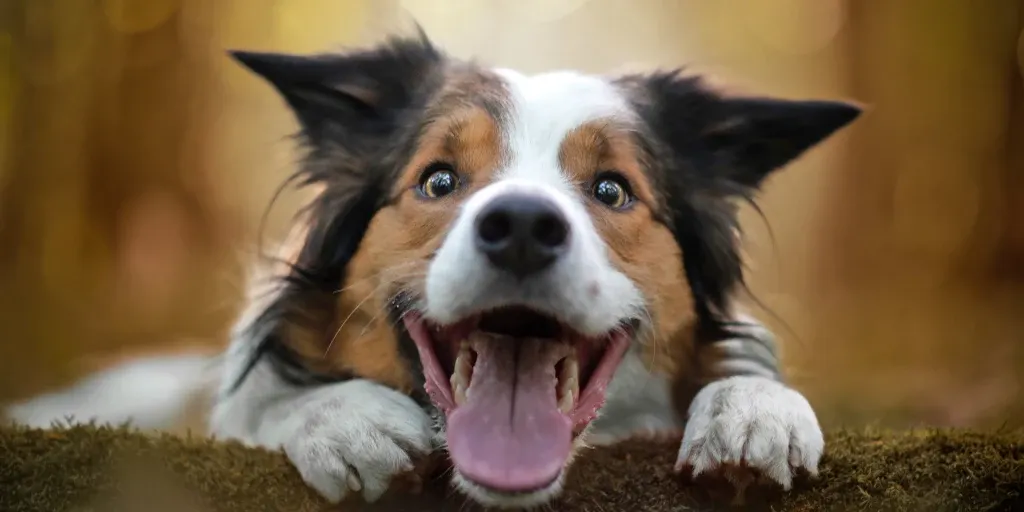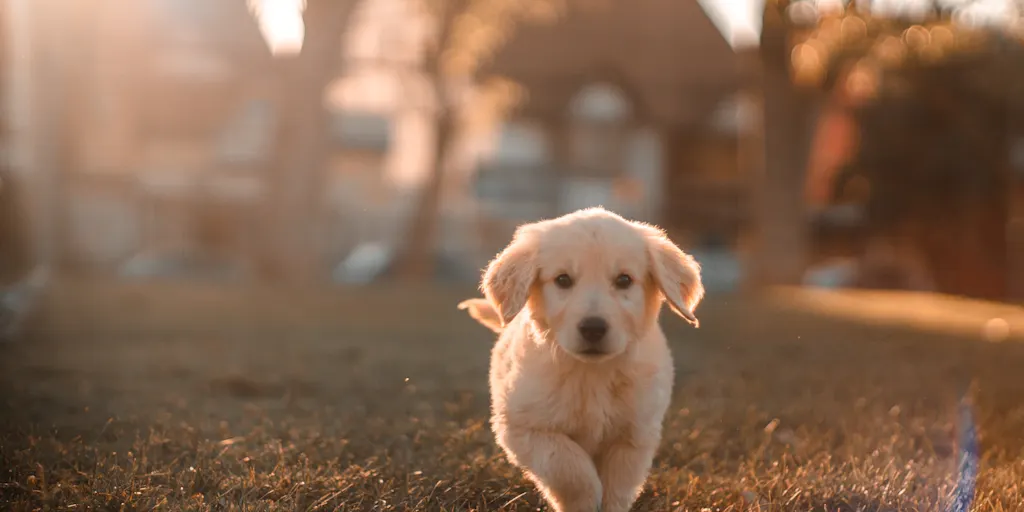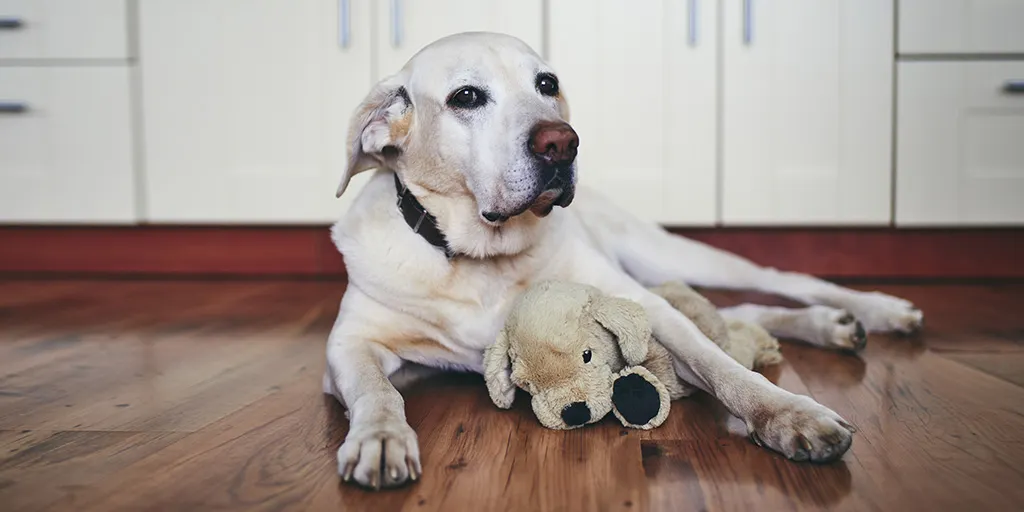
Dog Diversity and Breeds
Dogs (Canis lupus familiaris) are one of the most diverse mammalian species, with hundreds of recognized dog breeds ranging in size, shape, coat, and temperament. Whether you’re drawn to the gentle giant or a spirited companion, there’s a perfect dog for every home.

Bernese Mountain Dog
A sturdy working breed from Switzerland, the Bernese Mountain Dog is famous for its tri-color coat (black, white, and rust), calm demeanor, and loyalty. Typically weighing 35–55 kg, they thrive on moderate exercise and a balanced diet rich in protein and healthy fats.
Pitbull Dog
“Pitbull” describes several breeds (e.g., American Pit Bull Terrier), known for their muscular build, short coat, and courageous spirit. Pitbull dogs require mental stimulation, consistent training, and high-quality food to maintain lean muscle mass.

Newfoundland Dog
Originating in Canada, the Newfoundland Dog stands out with its thick, water-resistant double coat—often black, brown, or Landseer (white with black markings). These gentle giants can weigh up to 70 kg and excel at swimming; they need a diet that supports joint health and regular grooming to prevent matting.
Behavior and Care
All dogs share basic behaviors—social bonding, playfulness, and instinctual responses—but individual breed traits shape how they learn, interact, and respond to training.

Feeding Needs
- Size matters: Smaller breeds have faster metabolisms and may need calorie-dense kibble, while large breeds benefit from joint-support formulas.
- Life stage: Puppies require growth formulas high in calcium and protein; seniors often do better on lower-calorie diets with added glucosamine.
Hypoallergenic Breeds
Though no dog is truly allergy-free, breeds like the Poodle, Bichon Frise, and Portuguese Water Dog shed minimally and produce less dander. These breeds can be a better fit for allergy sufferers, provided their coats are groomed regularly.
Coat Colors, Textures & Size
Dog coats vary widely:
- Short and smooth (e.g., Doberman, Labrador Retriever)
- Long and flowing (e.g., Afghan Hound, Collie)
- Curly or wiry (e.g., Poodle, Schnauzer)
Colors range from solid black, white, or brown to complex patterns like merle, brindle, or parti-color. Size categories:
- Toy (under 5 kg)
- Small (5–10 kg)
- Medium (10–25 kg)
- Large (25–45 kg)
- Giant (over 45 kg)
The Bonds Between Dogs and Owners
Beyond practical differences, dogs share one universal quality: they bring joy. Their wagging tails, eager greetings, and unwavering loyalty enrich daily life. Training sessions become play, walks turn into adventures, and every shared moment strengthens the bond between human and canine.
FAQs
What factors should I consider when choosing a dog breed?
Consider size, energy level, grooming needs, and typical temperament. Match a breed’s traits to your lifestyle, living space, and family situation.
How often should I feed large vs. small dogs?
Small breeds often need three small meals per day to stabilize energy, while large breeds typically do well on two balanced meals to support joint health and digestion.
Are Bernese Mountain Dogs good family pets?
Yes. Bernese Mountain Dogs are gentle, affectionate, and patient, making them excellent companions for families with children, provided they get regular exercise.
Can Pitbull dogs be safe around other pets?
With proper socialization and training, Pitbull dogs can learn to coexist peacefully with other pets. Early exposure to different animals helps them develop good instincts.
Which breeds are best for allergy sufferers?
Poodle mixes (e.g., Labradoodle), Bichon Frise, and Portuguese Water Dogs shed less and are often recommended for people with mild allergies—regular grooming remains essential.